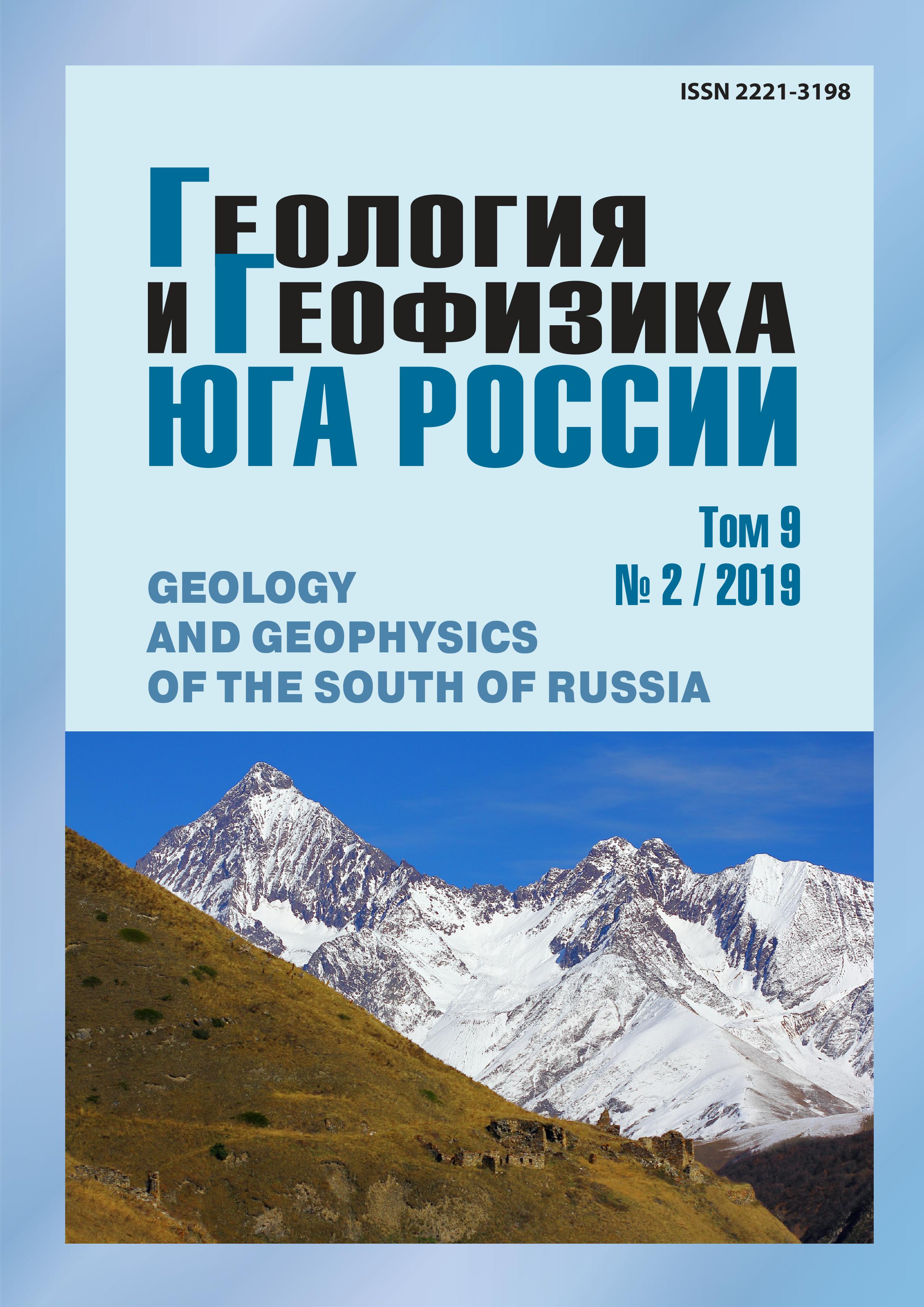Temperate-alkaline andesibasalts and andesites of the Elbrus volcanic region (Northern Caucasus): questions of petrogenesis, geodynamic typisation and geochemical specialization
Keywords:
petrography, geodynamic typisation, geochemical specialization, Elbrus volcanic district
Abstract
In the central part of the Greater Caucasus, in the upper reaches of the Baksan, Malka and Kuban rivers, there are Pleistocene – Holocene volcanic structures of the Elbrus volcanic region, composed of ignimbrites, lavas and tuffs of various composition from trachiandesites, andesites to dacites and rhyolites. The predominant type is lava of dacite composition. The most basic in composition volcanic rocks, represented by trachyandesibasalts and trachyandesites were investigated. These volcanic rocks form independent structures in the northern part of the volcanic region, and in the dacitic lava flows of Elbrus volcano they are found in the form of xenoliths. The article provides a brief petrographic description of these facies and the results of RFA, ICP-MS, 87Sr/86Sr analysis. Petrochemical and geochemical characteristics of these rocks are considered. It is shown that in discriminatory diagrams, figurative points are grouped in fields characteristic of intraplate and postcollisional formations, as well as island arcs and zones of active continental margins. It is assumed that the occurrence of the primitive liquid was conditioned by decompression phenomena in connection with the “syncollisional” rifting, which appeared within the Transcaucasian transverse zone. The distribution spectra of rare-earth elements normalized to chondrite are not significantly different for trachyandesibasalts and trachyandesites. They have the form of an inclined line close to the OIB profile, with a noticeable negative europium anomaly. The enrichment of LILe, LREE rocks, as well as highly-charged (Zr, Hf, U, Th) elements is noted. Against the background of the OIB profile, a significant Nb, Ta trot and negative anomalies of Ti and Yb are noticeable in the investigated rocks. Based on variations of the La/Sm and Sm/Yb ratios, using the model of equilibrium melting of garnet and spinel peridotite, it is assumed that the primitive liquid was formed during partial (≤ 1 %) melting of metasomatized lithospheric mantle rocks. The evolutionary transformations of the primitive liquid are associated with the process of fractionation, the participation of plagioclase, olivine, titanium-containing mineral and its contamination by lower crust material. During the formation of dacites, this evolved mantle melt was mixed with a more acidic crust melt. It is shown that chalcophilic-lithophilic (polymetal-raremetallic) geochemical specialization is characteristic for trachiandesibasalts and trachyandesites, as well as for all rocks of the Elbrus volcanic region. This is confirmed by the fact that areas with abnormally elevated concentrations of lead, zinc, antimony, and molybdenum, associated with zones of fault tectonics and low-power zones of argilization, have been established in volcanics.
Published
2019-04-09
Section
Articles


